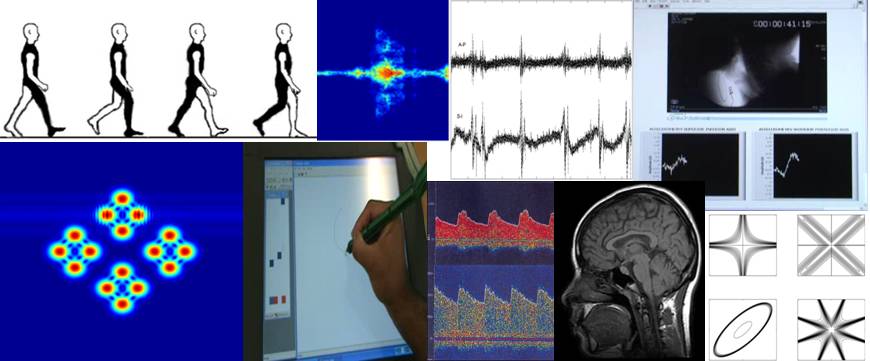Wireless communications in oil and gas wells
September 24, 2014
This paper reviews the techniques of below ground wireless communication in the oil and gas industry. A historical and theoretical analysis of pressure wave and electromagnetic communication is presented. Case studies for both technologies and their current applications are evaluated for the purpose of identifying each method’s limitations and opportunities for innovation. Finally, the possibilities of smart well technology are discussed with focus on wirelessly powered sensors for continuous monitoring of shale oil/gas reservoirs using electromagnetic methods. We conclude that the critical challenges are associated with powering the devices, which must perform for a period of months to years and which must be capable of generating sufficiently powerful signals so as to overcome the large signal attenuation associated with electromagnetic wave propagation through geological media.
This material is presented to ensure timely dissemination of scholarly and technical work. Copyright and all rights therein are retained by authors or by other copyright holders. All persons copying this information are expected to adhere to the terms and constraints invoked by each author’s copyright. In most cases, these works may not be reposted without the explicit permission of the copyright holder.



